Slow TV: Bergen-Oslo Train Real Time – Thomas Hellum – NRK (2009)
It’s all relative. Slow-TV is not “slow” at all. Events are in real-time. It is perceived as “slow” compared to highly edited conventional TV programs. Why it’s in Nature Documentaries? Slow-TV concept is a paradigm invented by real-time uninterrupted nature observers. The idea was there for quite a while. For years there were live cameras showing bears hunt fish in rivers, birds nesting and rearing their chicks with viewers in the millions. A Discovery Channel series called “Earth Sunrise” recorded […]

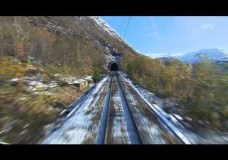

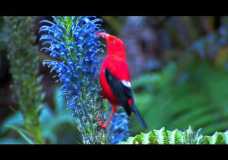
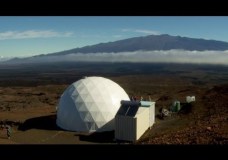
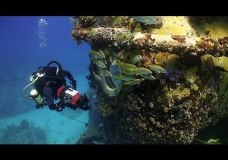
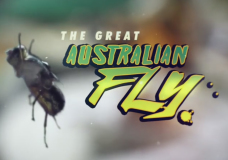




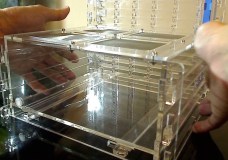
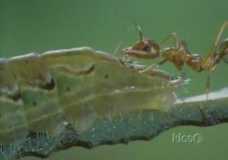


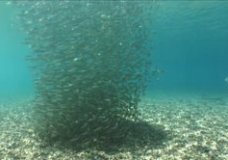

Recent Comments